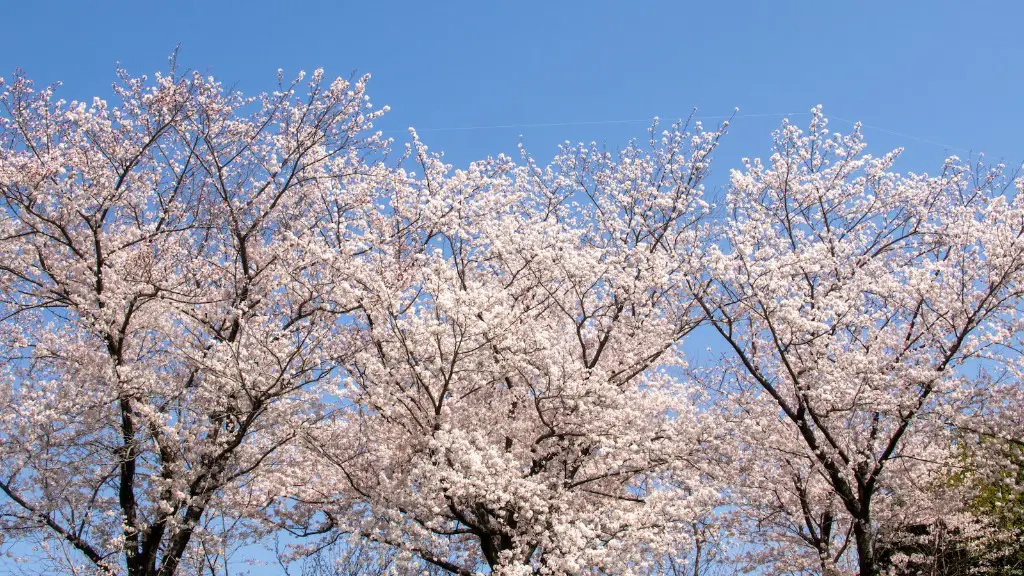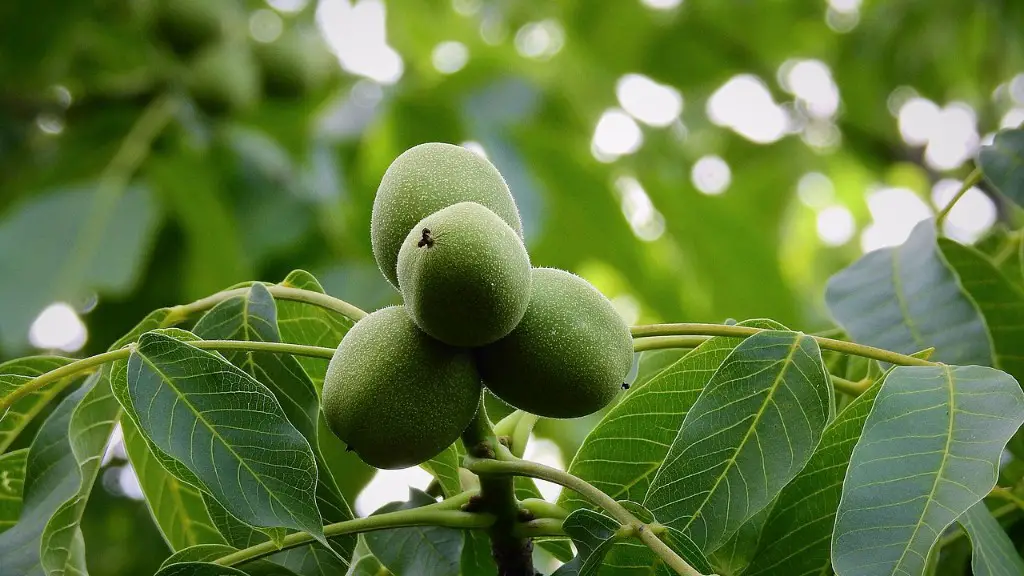Snow fountain weeping cherry trees are some of the most beautiful ornamental plants you’ll ever lay eyes on. Not only do they produce delicate flowers that resemble a fountain of snow in the springtime, they also have stunning foliage in different shades of green, with reddish-brown stems and bright yellow blossoms in the fall. The branches of this tree create an elegant cascading shape, making it the perfect addition to any landscape.
Despite their beauty, Snow fountain weeping cherry trees require regular care and maintenance to remain healthy and vibrant. Here are some tips for caring for these trees.
Location and Climate
Snow fountain weeping cherry trees need a location that’s protected from strong winds and full sun. They thrive in temperate climates between 40 and 75 degrees and have a moderate tolerance for cold temperatures, so they’re best suited for midwestern and eastern U.S. climates. Make sure to plant your tree in well-draining soil, as standing water can damage its roots.
Watering
Watering your Snow fountain weeping cherry tree is an important part of its care. During the growing season, it should be watered every two to three days. During long periods of hot and dry weather, it should be watered more frequently. In colder months when growth has slowed, watering once or twice a week should do the trick. When watering, make sure the soil is moist three to four inches below the ground.
Fertilizing
Fertilizing your Snow fountain weeping cherry tree every month during its growing season is a good way to ensure healthy flower production. Choose a fertilizer specifically designed for ornamental trees. Organic fertilizers are a great choice, as they’re better for the environment and break down slowly, providing steady nourishment for your tree throughout the season. When applying fertilizer, make sure to spread it evenly around the base of the tree.
Pruning
Pruning your Snow fountain weeping cherry tree helps control its size and shape. Be sure to prune the tree while it is still young; it’s easier to shape and control over time. Prune once a year in late winter or early spring, focusing on dead or diseased branches. Make sure to use sharp and clean pruning shears for the job.
Protection
Snow fountain weeping cherry trees are susceptible to pests, diseases and adverse weather conditions. To keep your tree healthy, it’s important to protect it from the elements. Covering it with a burlap wrap during cold winters and using insecticides to guard against bugs can help prevent damage and keep your tree in top condition.
Mulching
Mulching your Snow fountain weeping cherry tree helps insulate the soil and retains moisture. Mulch should be two to three inches thick and be applied around the base of the tree. Organic mulches like bark chips and shells are a great choice because they not only improve the soil’s texture, they also provide the tree with essential nutrients.
Caring for the Roots
The roots of the Snow Fountain Weeping Cherry Tree will need attention occasionally. Check the roots once a season and prune away any damaged or diseased roots. Make sure to replace the soil and mulch over the roots occasionally, as this will help keep them healthy and prevent fungal growth.
Pest Control
Pests can be a major issue for Snow Fountain Weeping Cherry Trees, so it’s important to take the necessary steps to control them. Bugs such as aphids, mites, and borers can all wreak havoc on the tree. To keep bugs away, spray the tree with an insecticidal soap or neem oil solution every two weeks during its growing season. If the infestation persists, you may need to contact a pest control professional for help.
Monitoring
It’s important to monitor the health of your Snow Fountain Weeping Cherry Tree regularly. Take a look at the branches and leaves to make sure they’re healthy. Look for discolored leaves, wilting, or signs of dead branches. If you notice any of these issues, you should contact an arborist to have it evaluated.
Nutrients
Snow fountain weeping cherry trees require additional nutrients throughout the year, especially during peak growing times. Fertilizing with a balanced fertilizer that has all the essential nutrients is the best way to ensure proper growth. The application should be done twice per year, in early spring and late summer, with a granular fertilizer formulated specifically for trees. Be sure to fertilize according to the package instructions and avoid over-fertilization.
Pruning after Flowering
Snow fountain weeping cherry trees should be pruned after the flowering season is complete. These trees tend to become lanky and leggy over time, so it’s important to remove the branches that are preventing new buds from forming. Prune back the branches that are oversized or overcrowded, and thin out the bush if necessary. Make sure to use sharp, sterilized tools for the best results.
Rejuvenation
Snow fountain weeping cherry trees can become overgrown and unkempt over time. To revitalize an older tree, you should consider pruning it back to a ‘V’ shape. This will help promote better air circulation around the tree’s branches and create an attractive shape that’ll be appreciated by passersby. Do not prune these trees into a tight ball, as it will give them a “dead tree” appearance.
Winter Care
Trees of any type require special care during colder months in order to ensure they survive and remain healthy. Snow fountain weeping cherry trees should be protected from severe winter weather, such as icy winds and heavy snowfall, as they are vulnerable to winter damage. Cover the tree with a burlap wrap or frost cloth to provide extra insulation and place a tall stake near the tree to hold the cloth in place. Maintaining a blanket of snow around the base of the tree can lead to even more protection.


